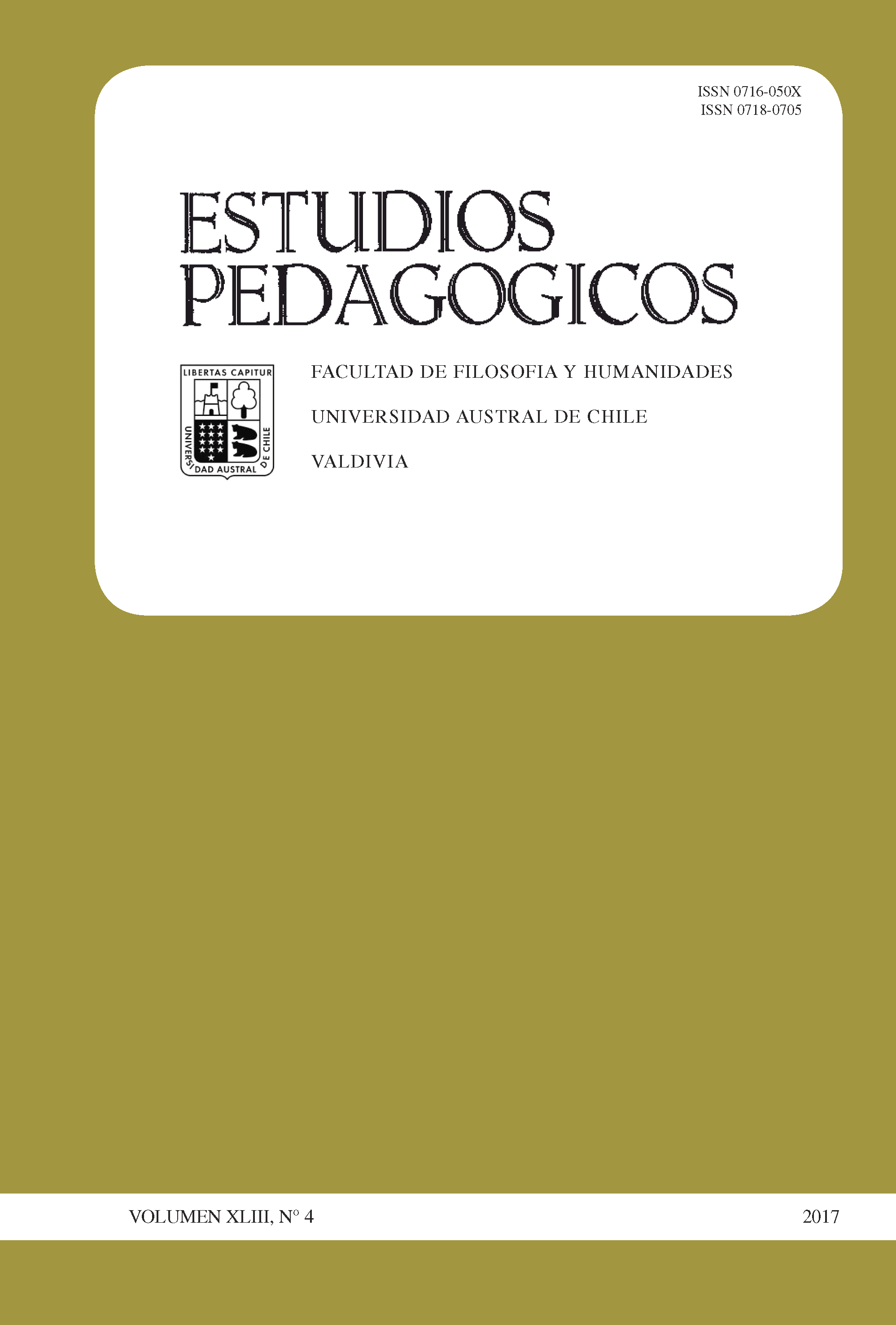Eco-museums and community maps: a resource for teaching history and heritage
Main Article Content
Abstract
Museology, discipline that along with museography deals with museums, has studied for years traditional museums dedicated to special and defined historical collections of material heritage as the only one which is officially recognized. This article shows how maps are more than just a cartographic representation because they express the idea of the site, summarize the world vision of those who live there and, at the same time, identify the territory symbols and the natural boundaries in which the community recognizes itself. In this sense, building a community map represents a democratic reflection for the active learning of history and for the education of heritage and citizenship in school contexts. In particular, through didactic practices, the mapping process puts into play the relationships between different generations, which carry experiences, memories and values that are completely dissimilar, but are still able to dialogue through the proposal of practices based on empathy, loyalty, acceptance, active listening, solidarity and cooperation.

